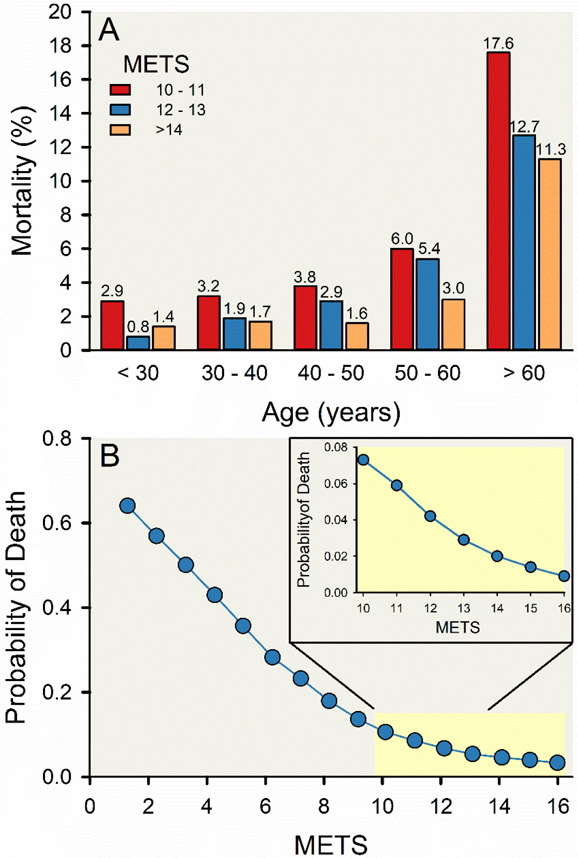Figure 4. Negative association between cardiorespiratory fitness and risk of all-cause mortality.
Vertical bar charts displaying a graded decrease in risk of all-cause mortality with increasing cardiorespiratory fitness groups 30 years of age and older, stratified by 10-year age group and categorical cardiorespiratory fitness level (A). Line and scatter plot displaying a reduction in risk of all-cause mortality with higher cardiorespiratory fitness (expressed in metabolic equivalent units [METs]; B). Cardiorespiratory fitness was estimated using a maximal treadmill stress test following the standardized Bruce protocol (43) in about 70,000 people who underwent physician-referred stress testing in hospitals affiliated with Henry Ford Health System as part of the Henry Ford Exercise Testing Project (3). These figures represent a group of about 38,000 adults (about 14,000 women) free of known cardiovascular disease with high cardiorespiratory fitness levels (≥ 10 METs) were followed for 11.5 years on average for all-cause mortality. Adapted from Feldman et al 2015 (111).

